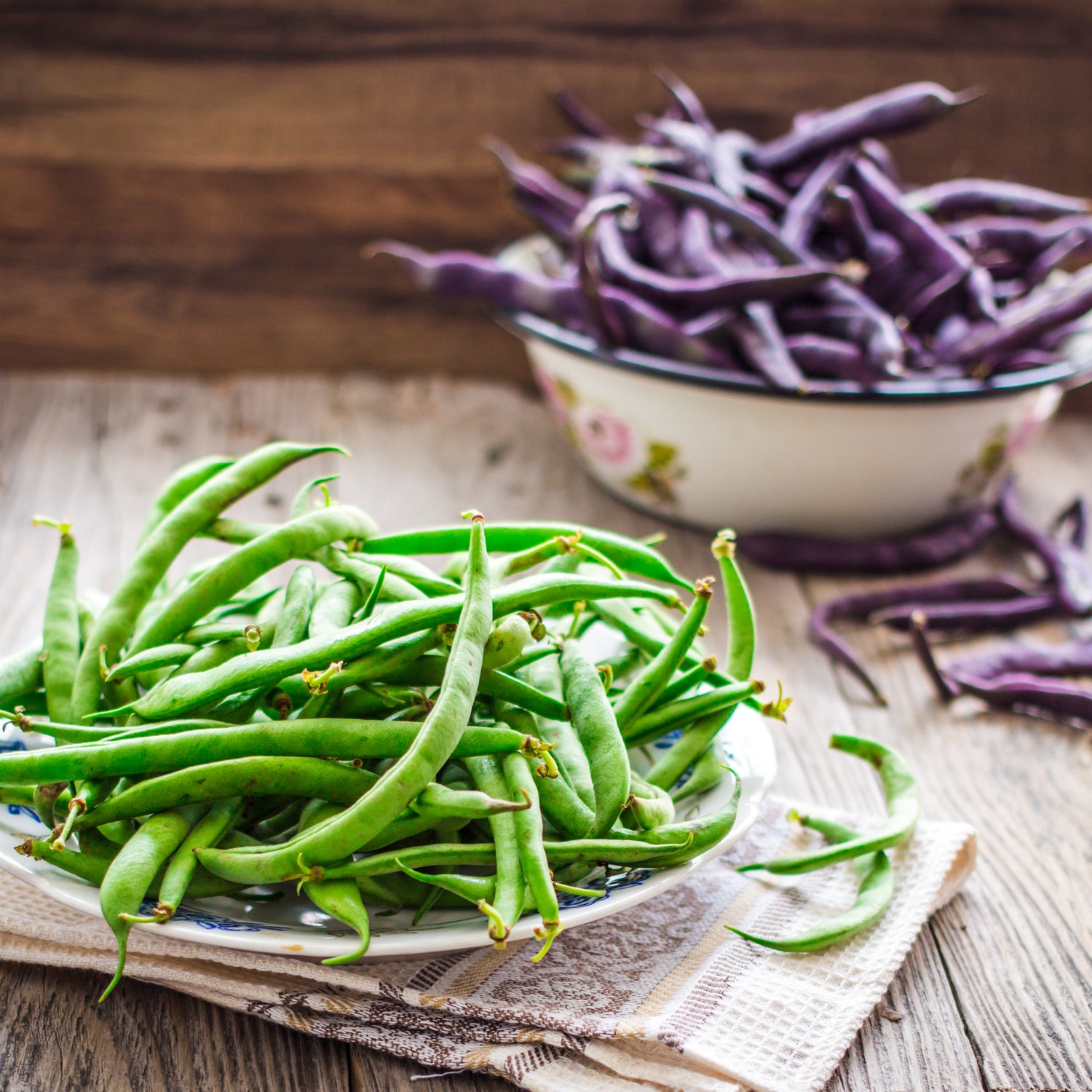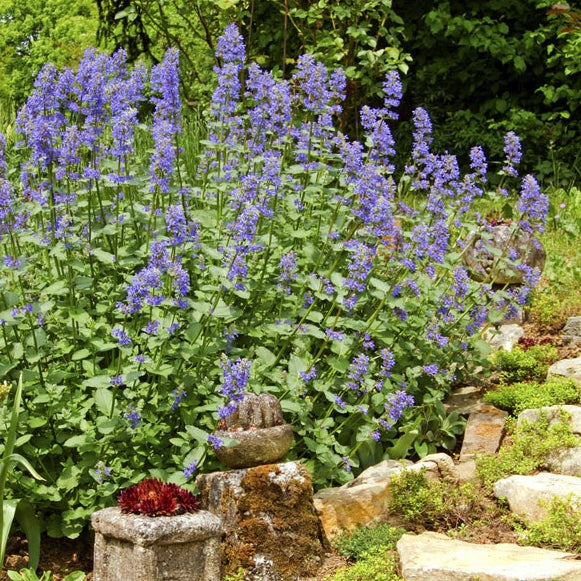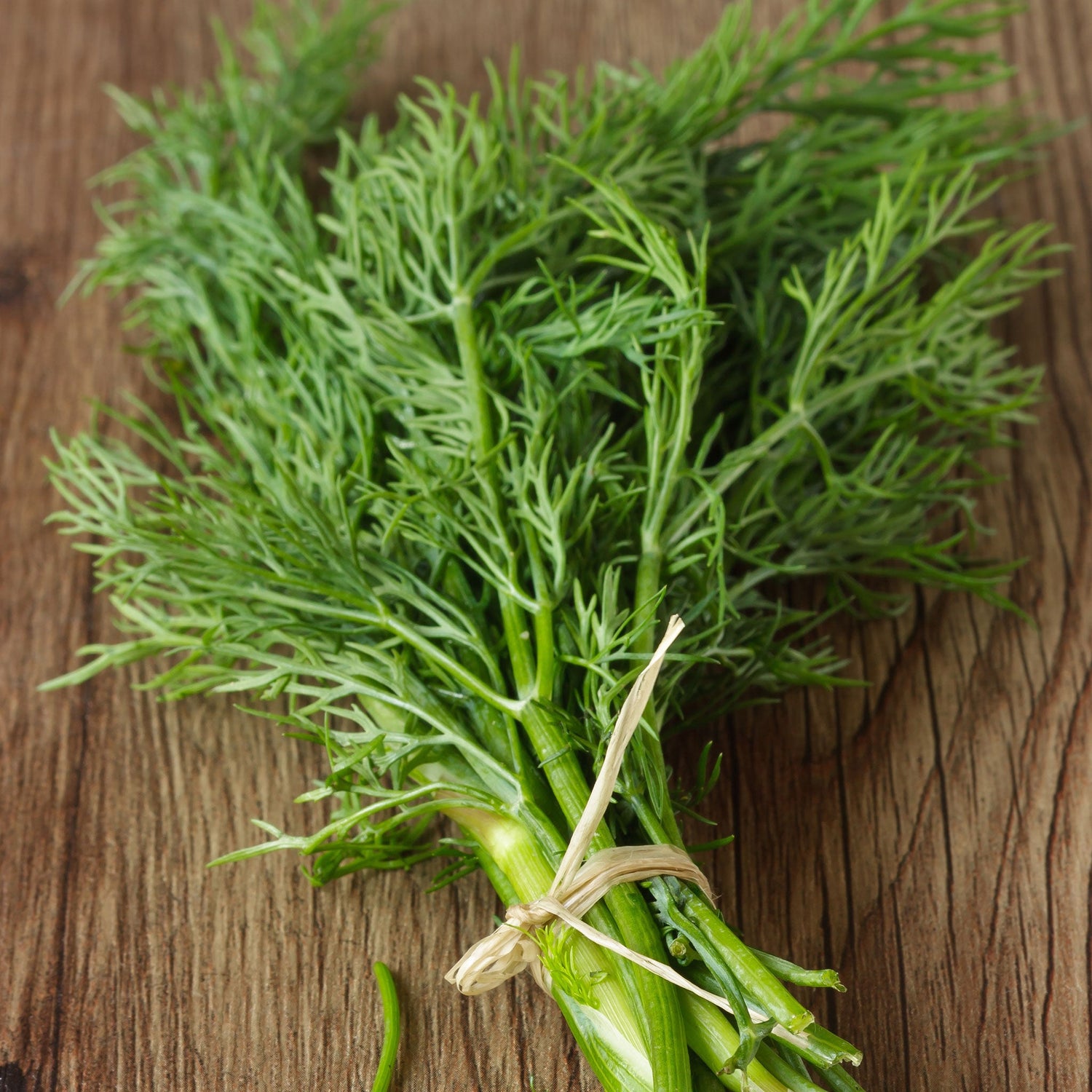Watermelon Seeds - Yellow Petite
Watermelon Seeds - Yellow Petite
| Size | Price | Savings | Quantity |
|---|---|---|---|
| Packet | $6.59 |
|
|
| 1 Ounce | $20.99 ($20.99/ounce) |
|
Couldn't load pickup availability
- Lightly sweet and aromatic icebox variety
- Light Green Rind with Dark Green Stripes; Lightly Sweet, Aromatic Yellow Flesh
- Space Saving, Icebox Variety; Early to Mature
- Prefers Full Sun Exposure and Warm Weather
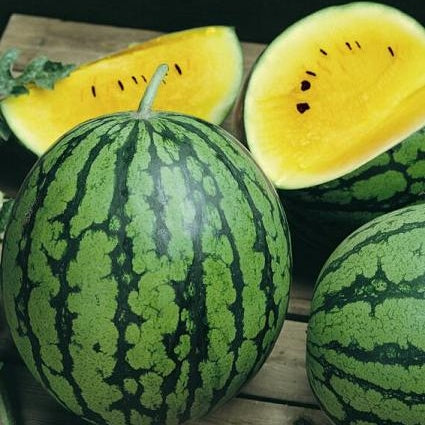
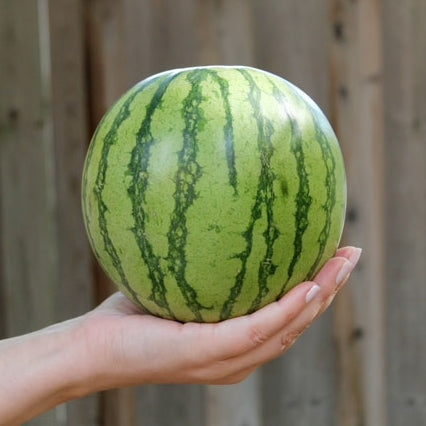
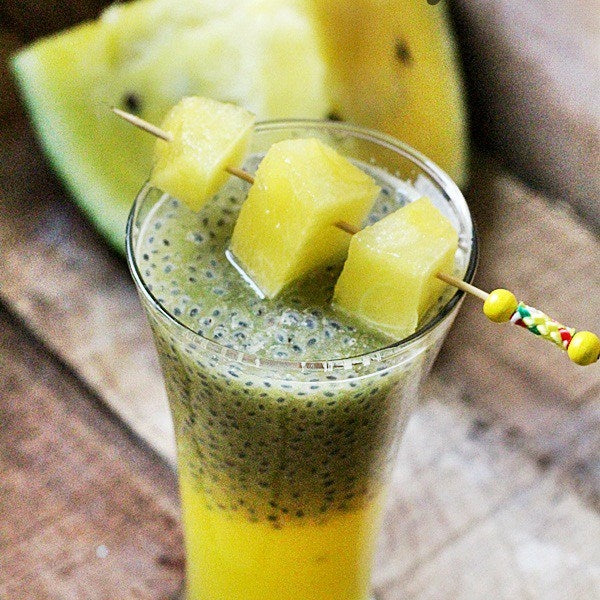
Shipping Schedule
Pre-ordered Bulbs: Pre-orders will not ship immediately, but they will be delivered at the ideal time for planting in your area. Spring pre-orders are placed any time before March 1. Fall pre-orders are placed any time before September 1. For customers who order bulbs in advance, please see the shipping schedule below. Orders containing both seeds and bulbs may be split into multiple shipments.
| Pre-Ordered Spring Bulbs & Perennials | Shipping Begins |
|---|---|
| Zones 9 - 12 | Early to Mid March |
| Zone 8 | Mid to Late March |
| Zone 7 | Late March to Early April |
| Zone 6 | Early to Mid April |
| Zone 5 | Early to Mid May |
| Zones 2 - 4 | Mid to Late May |
| In-season orders ship immediately at the time of purchase to all zones until inventory is depleted. | |
| Saffron Crocus & Bearded Iris | Shipping Begins |
|---|---|
| All Zones | Late August |
| Pre-Ordered Fall Bulbs | Shipping Begins |
|---|---|
| Zones 2 - 5 | Mid to Late September |
| Zone 6 | Late September |
| Zone 7 | Late September to Early October |
| Zone 8 - 12 | Early to Mid October |
| In-season orders ship immediately at the time of purchase to all zones until inventory is depleted. | |
| Pre-Ordered Fall Perennials* | Shipping Begins |
|---|---|
| All Zones | Mid October |
| *Amaryllis Bulbs, Hosta Roots, Lily Bulbs, Papaver Roots, Paperwhite Bulbs, Peony Roots & Siberian Iris Roots | |
Multiple Ship Dates
Your credit card will be charged for the full amount of your order at the time your order is submitted, regardless of the shipping time for your items. If your order requires multiple shipping dates, you will never be charged more than once for shipping charges. This allows us to ship your non-seasonal items to you as soon as possible, as well as allocate our seasonal product for your order.
For example, a customer places an order in February consisting of 5 Pounds of Wildflower Mix and 50 Darwin Hybrid Tulip Bulbs. The order would be charged in full upon submission, the seed would be shipped immediately, and the bulbs would be shipped at the optimal time in the autumn based on the customer's zip code.
About
Features
About Watermelon Seeds - Yellow Petite
Citrullus lanatus
Grow Heirloom Watermelons - Plant Yellow Petite Watermelon Seeds. A great tasting and aromatic beauty at just 6-10 pounds, Yellow Petite Watermelon is the perfect size for small gardens. Referred to as an "Icebox" watermelon, it fits nicely into your fridge for summertime snacking. Best suited for shorter growing seasons, Yellow Petite matures in just over 2 months!
Planting Information
Coverage
| Amount | Avg Seed Count |
|---|---|
| Packet | 30 |
| 1 Ounce | 287 |
Companions Plants
Companion Plants for Watermelon Seeds - Yellow Petite
Improved Health
Pest Deterring
- Choosing a selection results in a full page refresh.



